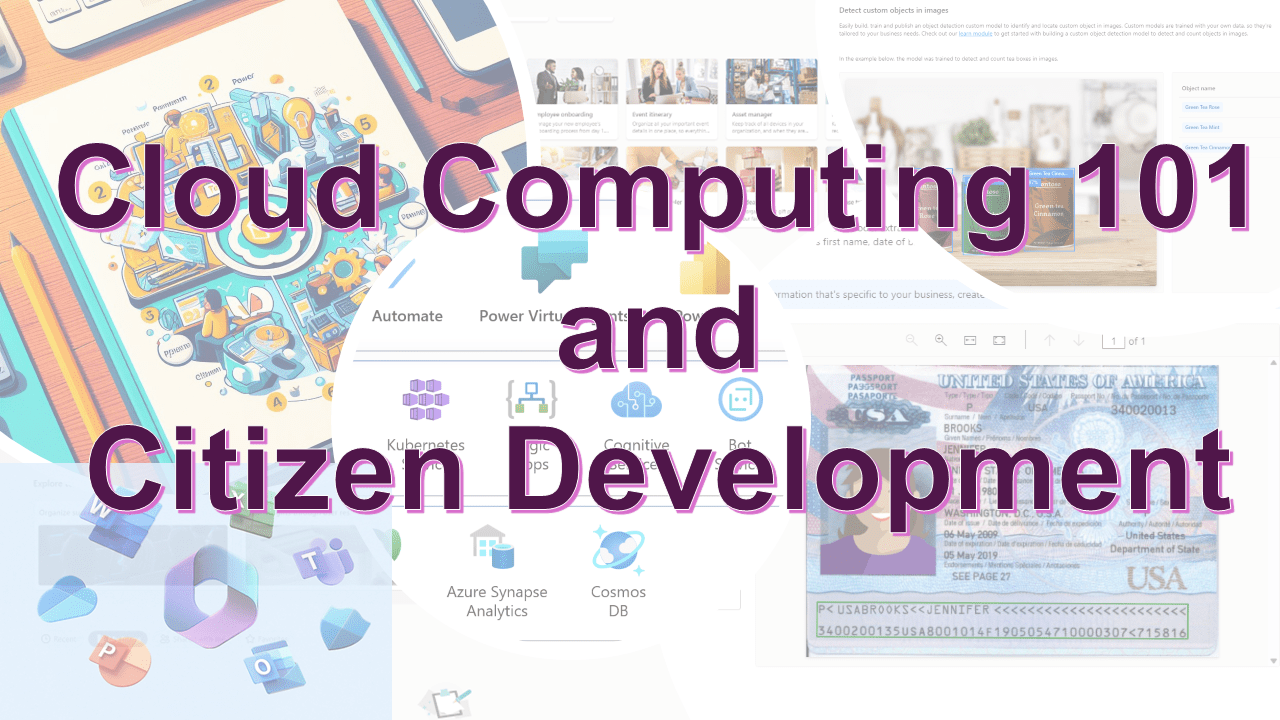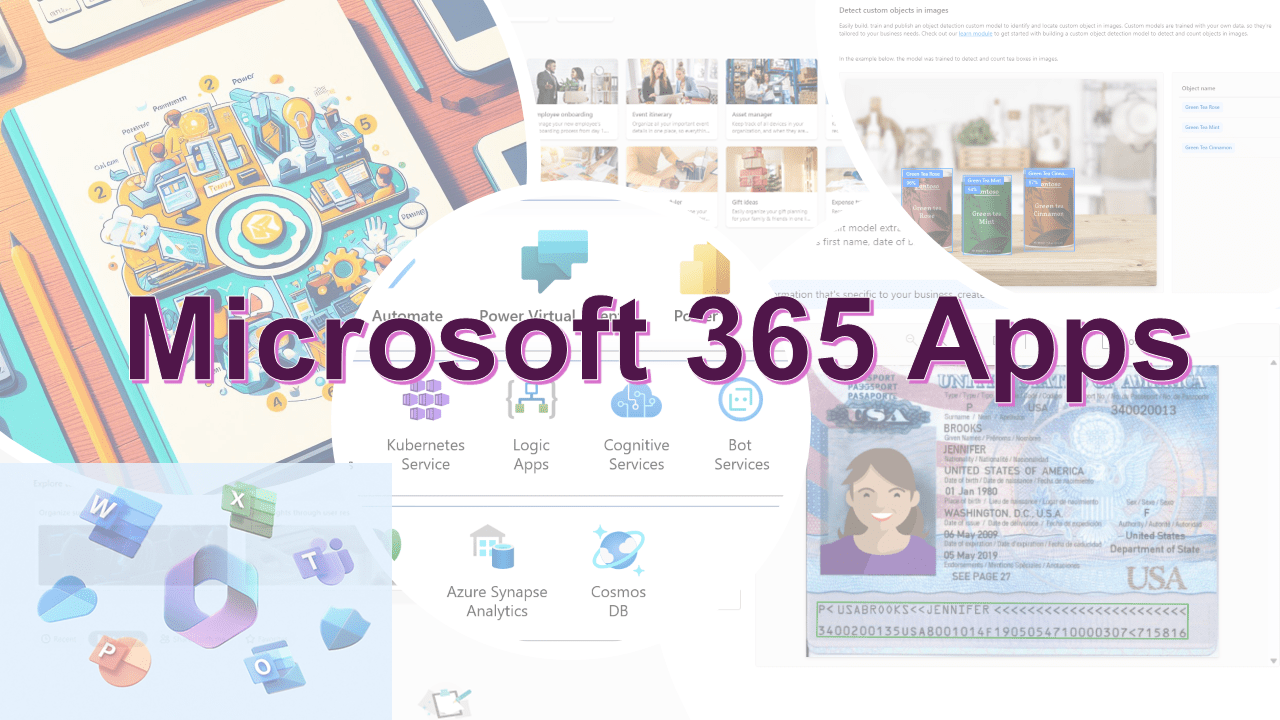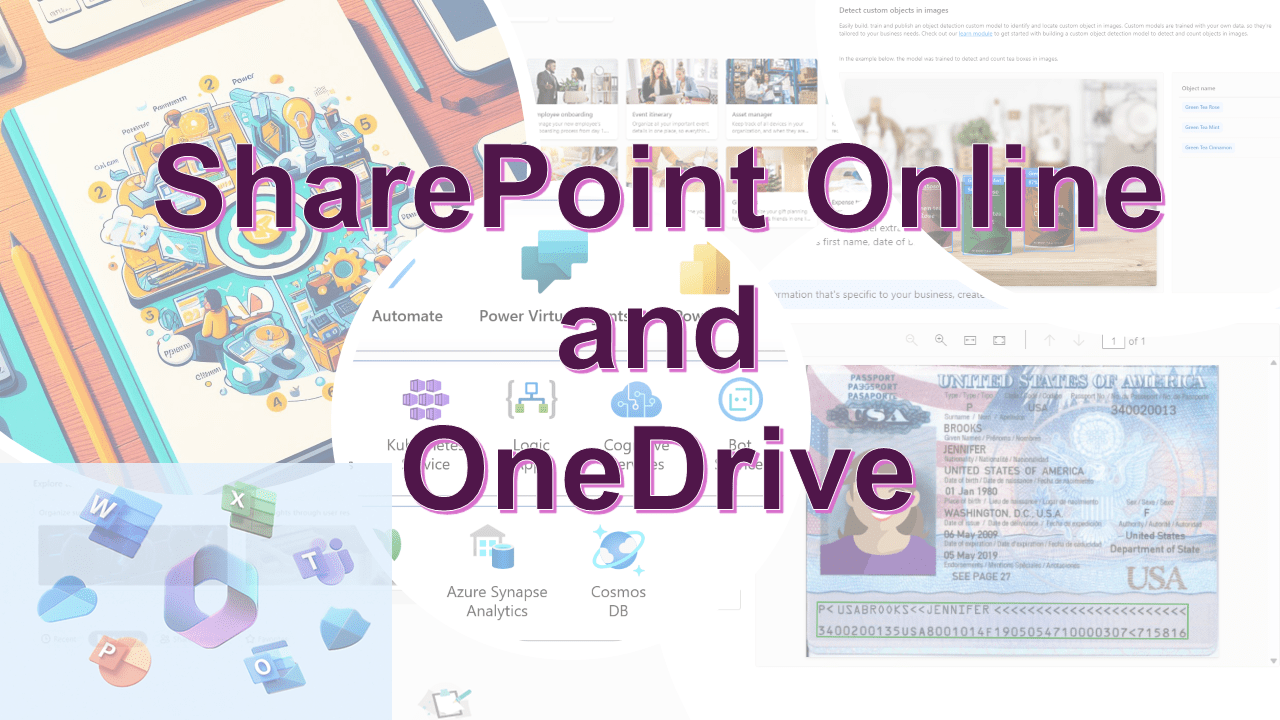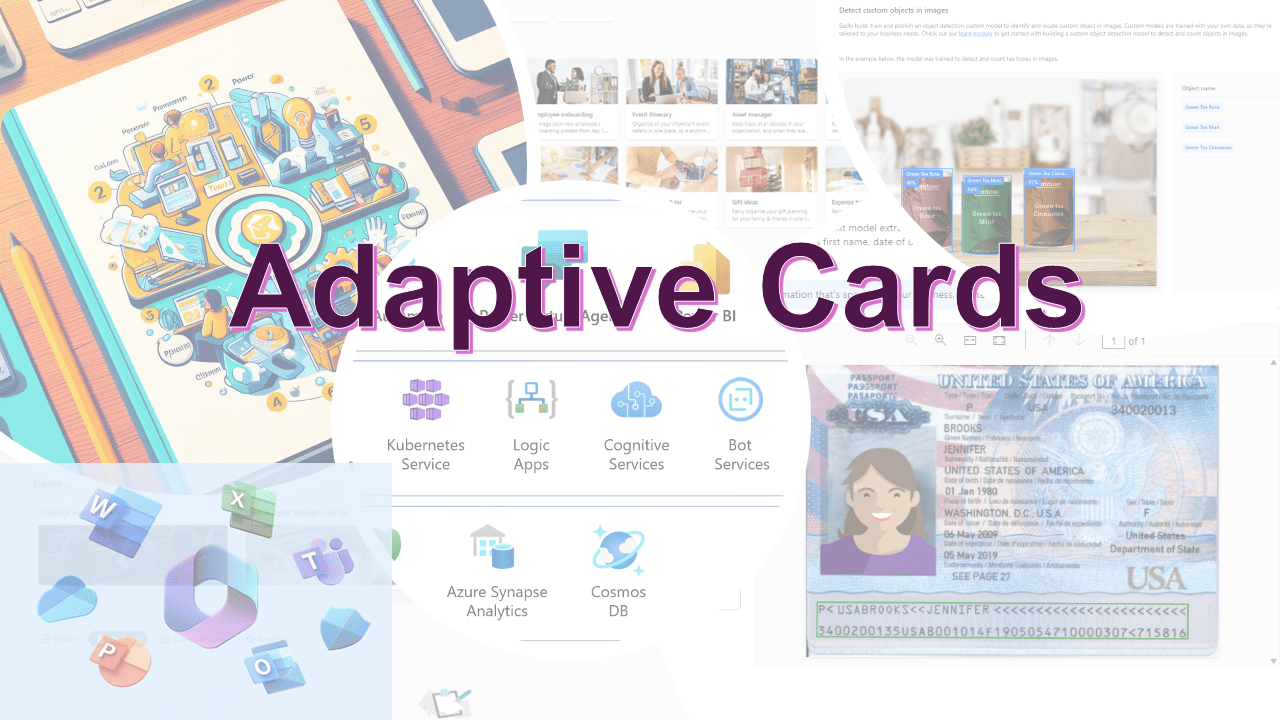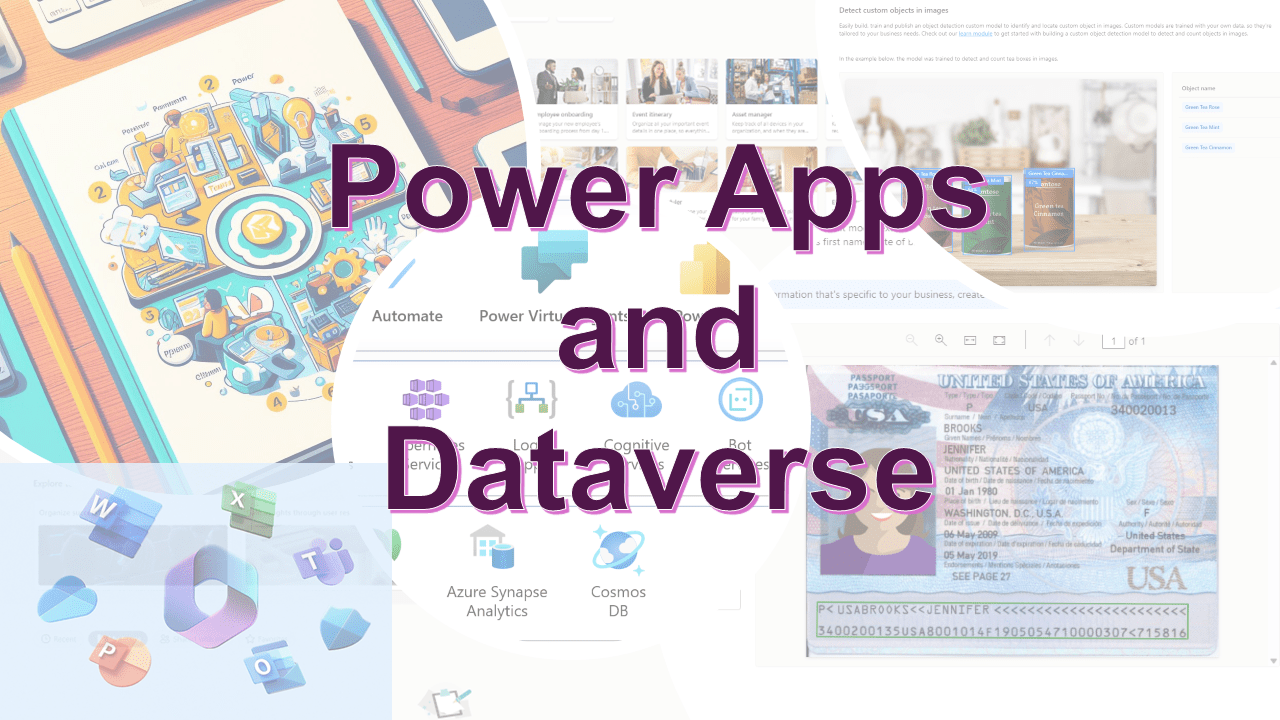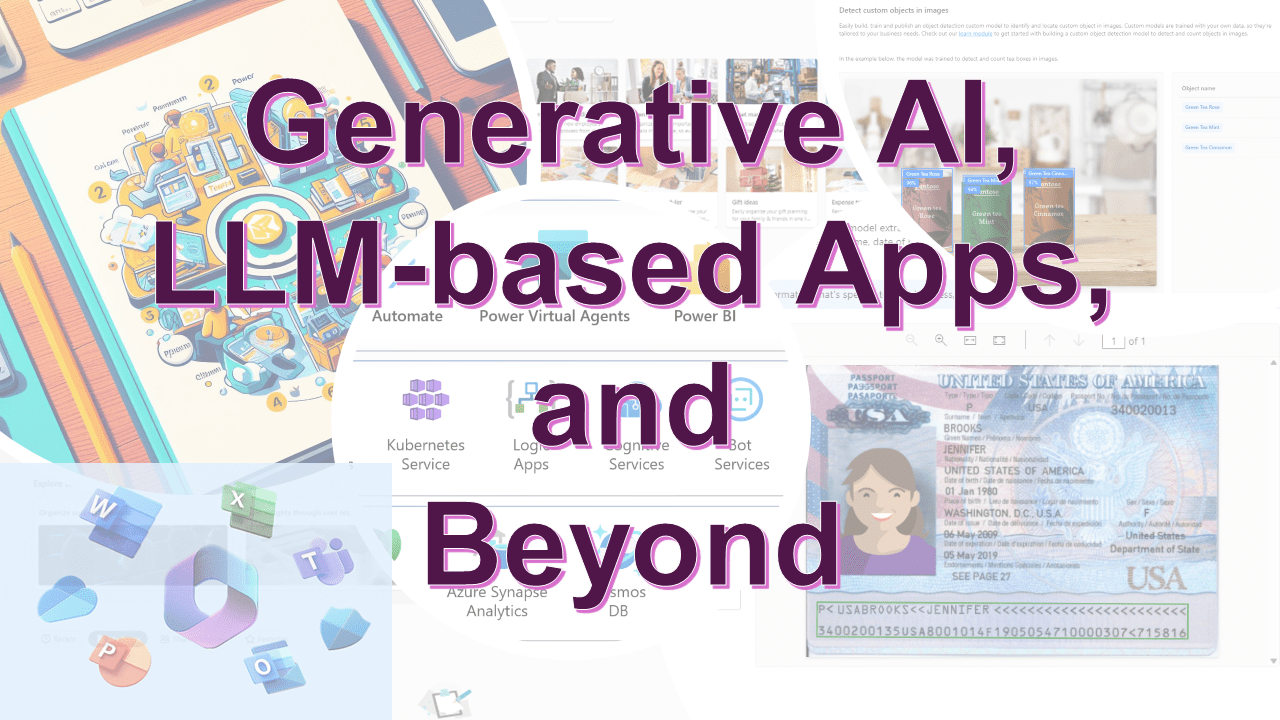- Home
- Open Cloud {Codes}
- Citizen Developer {Codes}
- @readthedocs
- @NextAI
- Amit Puri
- Resources
- Meet AI's Multitool: Vector Embeddings
- Microsoft Learn - Create Business Value
- Playwright MCP
- AI Agents for Beginners
- Model Mondays
- Develop AI Agents on Azure
- AWS Designing Tools for Autonomous AI Agents
- AWS Agentic AI Framework on AWS
- AWS Multi-Agent Collaboration using Cost-Effective RAG
- GCP Build, Deploy, and Promote AI Agents through the Google Cloud AI Agent Ecosystem Program
- Codelabs - Building AI Agents on Vertex AI
- Salesforce Einstein Guide Agent API Get Started
- M365 Book
-
Citizen Development in Microsoft 365 with Power Platform
-
Highlights
-
Video
-
About Kindle Book
-
Follow Us
-




